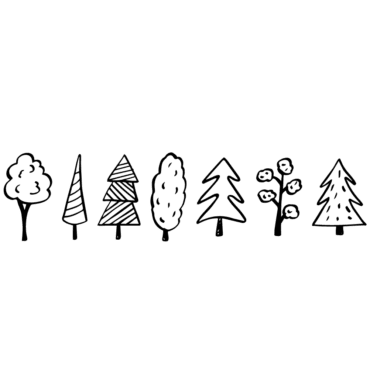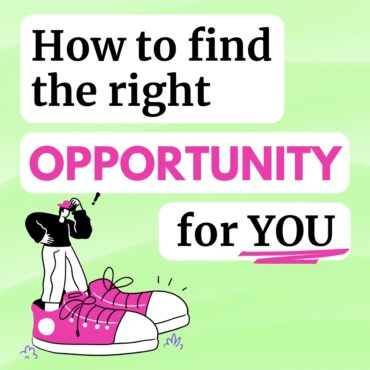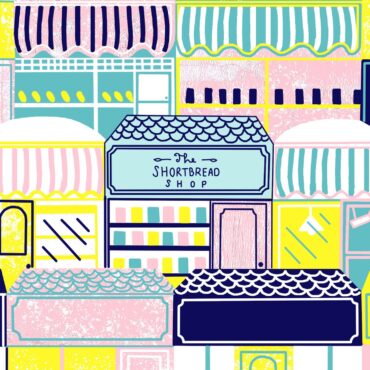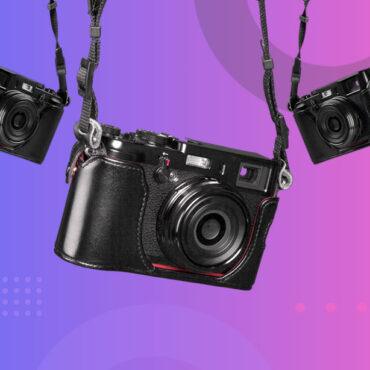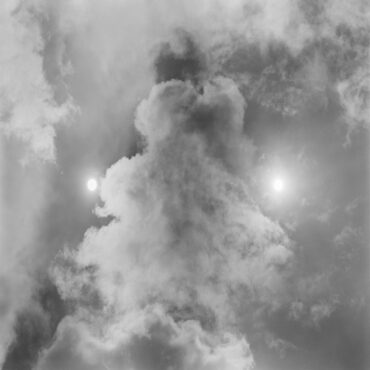Hi Jess! Congratulations on winning the first Zealous Stories! Can you tell us more about your winning work, Square Series?
Thank you so much, I’m very excited! My research for the Square Series questions how the virtual space of the digital screen affects the way we view the world, in particular the habit of simultaneously viewing many windows full of disconnected images.
Questions surrounding the virtual screen inform my decisions when creating new meanings from disparate forms. It influences the way I disrupt the pictorial composition. I use the process of painting to explore how we consume and discard images with little pause for thought, and suggest that this has given painting a new agency as a slower medium.

How did your creative journey begin? Have you always been drawn to painting?
From a very young age I was always drawing and painting. At school I enjoyed science subjects as much as art, so I wasn’t sure I definitely wanted to continue with art. Despite this, I luckily ended up studying Fine Art at Norwich University of the Arts, and was fortunate enough to be tutored by some incredible painters. Their seriousness and passion for painting made me completely fall in love with the medium, and now I can’t ever imagine wanting to do something else.
How do you approach each new piece? Can you tell us about your creative process?
I’m always taking screenshots of images from things I’ve scrolled through on Instagram and Pinterest, that I think could be interesting to paint. I then use them in an app on my phone which is meant for Instagram layouts, to play with compositions for possible paintings.
During my BA in Fine Art, I also became fascinated with recipe books and began using them to reflect on artworks. The obsession with them has continued to alter the way I think about the process of painting. Within my own work, I use the recipe as a methodological, pragmatic tool to produce paintings. I like to change the quantities and application of ‘ingredients’ within the recipes for my paintings, in order to break into new grounds.

You mention that you use painting to explore how we passively consume and discard images. Can you explain this?
With social media feeds, it’s easy to scroll through thousands of images with little pause for thought. I really like how Michaël Borremans talks about the relevance of painting as a medium. He has said, “Painting has the big advantage of producing resistant images that don’t easily disappear in today’s iconoclastic spate.” Marta Gnyp, GNYP Art Advisory
I love to see paintings in real life. I think it makes me aware of my own disembodied relationship to images and paintings online. Viewing paintings in reality allows me to recognise how the materiality of paint cannot be experienced through the virtual screen. I also think painting has the ability to give the viewer a rare experience of time in which they can be disconnected from technology.
Your works contain images of women, animals, food, interiors… How do you decide what subject matter to include in each painting?
I am interested in exploring the relationship between images of women, food, the internet and technology. In my paintings, I borrowed images from the ‘virtual screen’ to assemble my own recipe for an ‘ideal world’. Through assembling these images, an uneasy relationship has formed between images of food and female figures.
Ian Monroe’s essay, Where Does One Thing End and the Next Begin? allowed me to consider how the chosen content isn’t always the source of anxiety, but the idea of irrevocably mixed identity, of boundaries that have been obscured or destroyed. “What such anxiety would appear to imply more generally is that the preservation of difference has an important mollifying effect on the human perception of objects and concepts.” I thought about how the ‘seemingly perfect’ images of female figures and food still lifes aren’t anxious in their own rights, but when collaged together, they become increasingly dissociated from versions of ‘reality’.

How has the virtual world changed the way you think about painting?
I’m interested in how the internet has allowed the history of art to become a user-friendly archive. I think it has become a space where material can be quickly accessed by contemporary painters to manipulate and reassemble into something new. The virtual world has definitely impacted the way I merge painting languages, techniques and historical references.
Do you delve into other artistic mediums?
I recently curated a show with my painter friend, Ottilie Rounce in Great Yarmouth, which was lots of fun. We are planning to create future exhibitions in Norfolk involving artists, mainly painters, we admire.
What do you have planned next?
Paint as much as I can! There as so many things I’d like to explore and develop in my paintings. It’s a very exciting time for me.
ABOUT ZEALOUS STORIES
Jess’ work, Square Series was selected by industry guest judges from London Contemporary Art, National Open Art and The South West Academy of Fine Arts, as the winner of Zealous Stories Painting.
Jess also wins an art supplies voucher, an annual magazine subscription and a National Art Pass.
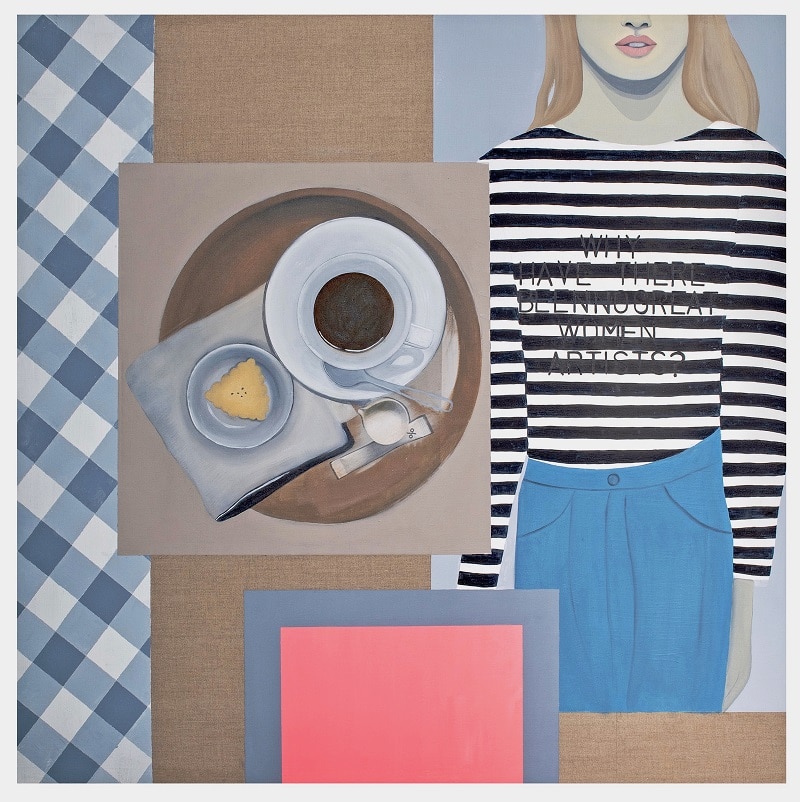
Share
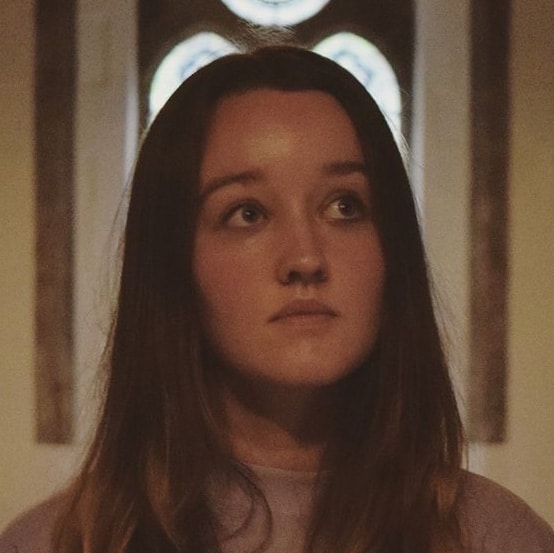
Charlotte Lynch
Marketing Manager
